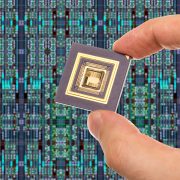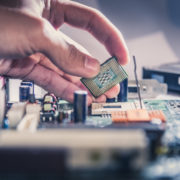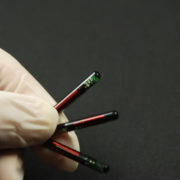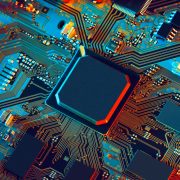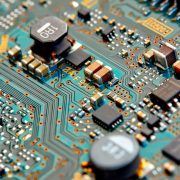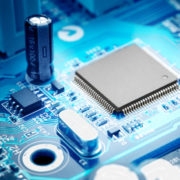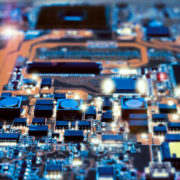ASIC Cards in Aerospace Engineering
Modern aerospace electronics face challenges in the environment and increased security and production handling requirements. Thus, they have to maintain stringent reliability specifications while conforming to effective business models. This is something that ASIC cards can help with.
The improved efficiency, performance, and safety of new commercial aircraft can be derived from the advanced capabilities of aerospace electronics made available today. Thanks to the complexity of electronic systems used to develop cutting-edge and increasingly autonomous systems.
Consequently, aerospace product designers must have access to advanced deep-submicron process technologies to meet the specifications of future products. Moreover, they need to have access to complex IP like microprocessors and DSP cores, high-performance memory, and serial interfaces.
Three options a systems designer can use to implement custom logic in an aerospace electronic application.
- Field programmable gate array (FPGA)
- Traditional cell-based application-specific integrated circuits (ASICs)
- Structured ASICs
FPGA for aerospace applications
The use of FPGAs might have some advantages for logic solutions in aerospace applications. One example is the use of programmable devices, which provide impressive performance capabilities.
Advanced IP-like microprocessors and memory interfaces available in such devices can make them more attractive for avionics applications. However, the additional requirements for aerospace applications can pose a mismatch between FPGAs and aerospace systems.
Justification of cell-based ASICs
Given that cell-based ASICs can solve lots of issues in FPGAs, their design can be very low power with an enhancement for security. However, the tradeoff with these semi-custom devices is that they can be less cost-effective for low- to mid-volume aerospace applications that require technologies more advanced as compared to 130 nm.
The use of these specific ASICs with tech 130 nm or more can be a good fit. Nevertheless, for 90nm technologies and lower, only a few aerospace or military programs can justify the expense and lead time required for the development of cell-based ASICs for applications to run in production volumes on the order of 50 thousand units per year or lower.
Structured ASICs for special aerospace applications
Structured ASICs address traditional ASIC and FPGA shortcomings. Thus, they offer compelling advantages for system designers as opposed to cell-based ASICs and FPGAs.
Designers will be able to gain access to advanced technology nodes with structured ASIC platforms. These advanced technology nodes offer performance and IP portfolios required for sophisticated aerospace applications.
For applications requiring cryptography or other security issues, as well as becoming a possible target for tampering by the enemy, structure ASIC is an effective solution. Structured ASIC will not require a discreet device for providing a bitstream to program an FPGA device.
Note that a bitstream is a lot simpler to tamper with and decipher. With structured ASIC cards, an embedded battery-backed memory device can be added to a system with keys installed in secure on-chip memory.
As a result, security levels will increase and will make hostile tampering or reverse engineering a lot harder in a sensitive military or aerospace application.
ASIC cards serve as aviation or maritime security identification to confirm the bearer has already undergone a security check.
Interested in starting a new project with our experts here at Linear MicroSystems? Click here to be re-directed to our contact page!
Linear MicroSystems, Inc. is proud to offer its services worldwide as well as the surrounding areas and cities around our Headquarters in Irvine, CA: Mission Viejo, Laguna Niguel, Huntington Beach, Santa Ana, Fountain Valley, Anaheim, Orange County, Fullerton, and Los Angeles.


